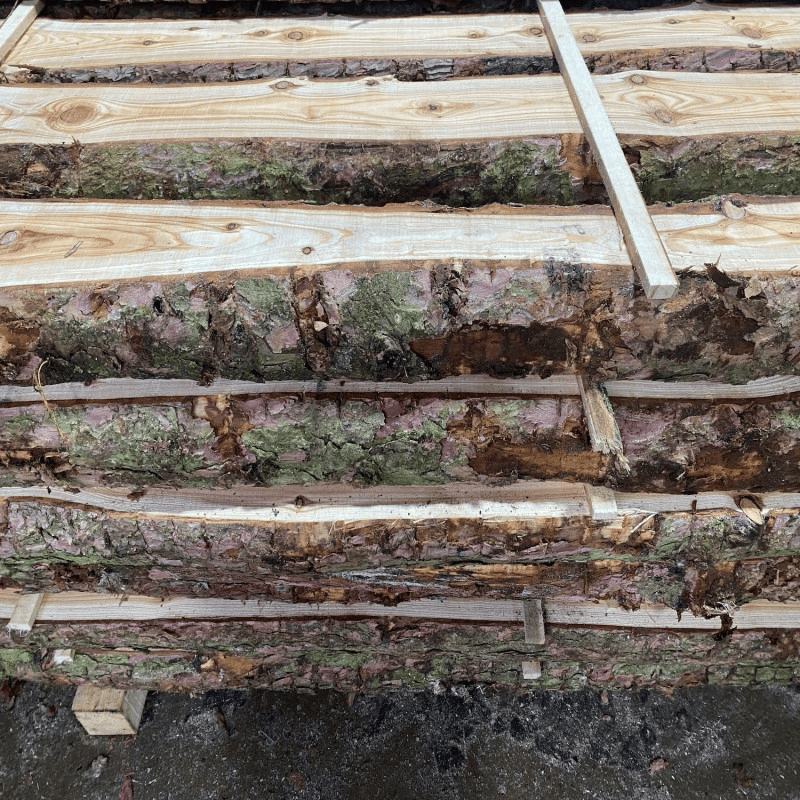What is the difference between oak and solid oak?
There is no question that when it comes to furniture and flooring oak is one of the most popular woods used. Its attractive grain pattern and durability make it a top choice for many homes. But when shopping for oak products, you may come across the terms "oak" and "solid oak" and wonder what the difference is. We'll help explain what oak and solid oak mean and help you determine which is best for your needs.
Oak 101
Oak itself is essentially a wood type that comes from oak trees; of which there are over 600 species worldwide. Oaks are divided into two groups: red oak trees and white oak trees. Common types of oak include:
- Red oak - Northern red oak, Southern red oak
- White oak - White oak, English oak, European oak
Oak is known for its distinct grain patterns and natural colour variations that range from light to medium brown. It's also a dense hardwood that's quite strong and durable.
What is Solid Oak Wood?
Solid oak is wood cut directly from the trunk of oak trees to be used for furniture, flooring, and other products. The term "solid oak" refers to wood pieces that are made entirely of oak, rather than being made from cheaper woods and covered with an oak veneer.
Solid oak contains the natural grains, textures, and markings of real oak wood throughout the full thickness of the boards used to make furniture and flooring. It does not have a wooden core made of other woods or plywood with an oak surface layer. The dense, durable oak extends all the way through.
Key Differences Between Oak and Solid Oak
There are a few key differences between basic oak and solid oak:
- Composition: Oak can refer to solid oak, veneers, or engineered wood with oak surfaces. Solid oak is 100% oak wood through the full thickness.
- Durability: Solid oak is more durable, long-lasting, and resistant to scratches and dents than oak veneers or engineered wood. The thick oak construction makes it stronger.
- Quality: Solid oak furnishings and flooring are considered higher quality than oak veneers. The real oak grain shows through better.
- Price: Solid oak is generally more expensive than engineered wood or veneer alternatives because it uses more dense oak wood.
- Repairs: Solid oak can often be sanded and refinished repeatedly if damaged, unlike thin oak veneers over other woods.
Is Solid Oak Worth the Investment?
For many homeowners, investing in solid oak products is well worth the higher price. The durability and timeless beauty of real oak ages wonderfully. Solid oak floors can be sanded and refinished multiple times, bringing them back to life for decades. And solid oak furniture resists scratches, scuffs and everyday wear-and-tear better than thin veneers.
Solid oak flooring and furnishings are designed to last generations when properly maintained. The thicker oak holds up better under heavy use. And it can often be repaired if needed, rather than replaced.
So, if you want wood products that will withstand years of living, solid oak is a worthwhile investment. Just be sure to buy from reputable brands and check that products are made with 100% solid oak wood, not just oak veneers. The extra cost upfront will pay off in the long run with durable oak that lasts a lifetime and beyond.
« Back to news list






